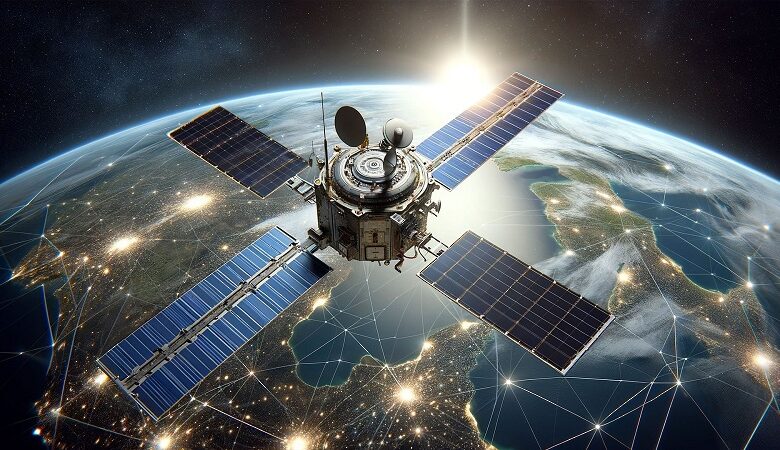Rediscovery of Lost Satellite Highlights Challenges in Tracking Space Debris

News Mania Desk/ Agnibeena Ghosh/9th May 2024
After 25 years lost in space, an experimental satellite, the Infra-Red Calibration Balloon (S73-7), has finally been located, thanks to tracking data from the U.S. Space Force. Initially deployed in 1974 as part of the United States Air Force’s Space Test Program, the satellite was intended to serve as a calibration target for remote sensing equipment. However, a deployment failure of its inflation mechanism relegated it to the realm of space junk, rendering it invisible to radar for decades.
Jonathan McDowell, an astrophysicist from the Harvard-Smithsonian Center for Astrophysics, explained the challenges in tracking the satellite, citing its possibly low radar cross-section and the complexity of identifying objects in Earth’s orbit, which currently exceeds 20,000. Ground-based radar and optical sensors are employed for monitoring space debris, but accurately distinguishing each object poses difficulties, especially in crowded orbital regions.
McDowell emphasized the importance of having recent orbital data to facilitate the identification process, as it becomes increasingly challenging to match objects in crowded orbital zones. Ground engineers rely on predicted satellite drift patterns to locate lost satellites, but deviations from the original trajectory or orbit adjustments complicate the search process.
Engineers must meticulously analyze past orbital progression and compare it to the last reported location of the satellite to determine potential drift and maneuver points. Any deviations from the expected trajectory require thorough investigation to pinpoint the satellite’s current whereabouts accurately.
Despite the challenges posed by tracking space debris, McDowell stressed the importance of meticulous monitoring to mitigate collision risks and maintain the integrity of orbital operations. While the absence of one or two objects may not pose a significant threat, comprehensive tracking efforts are crucial for ensuring the safety and sustainability of space activities.
The rediscovery of the Infra-Red Calibration Balloon satellite underscores the ongoing efforts to enhance space debris tracking capabilities and highlights the complexities involved in monitoring Earth’s orbit. As the volume of space debris continues to grow, innovative solutions and advanced technologies will be essential for effectively managing and mitigating the risks associated with orbital debris.






